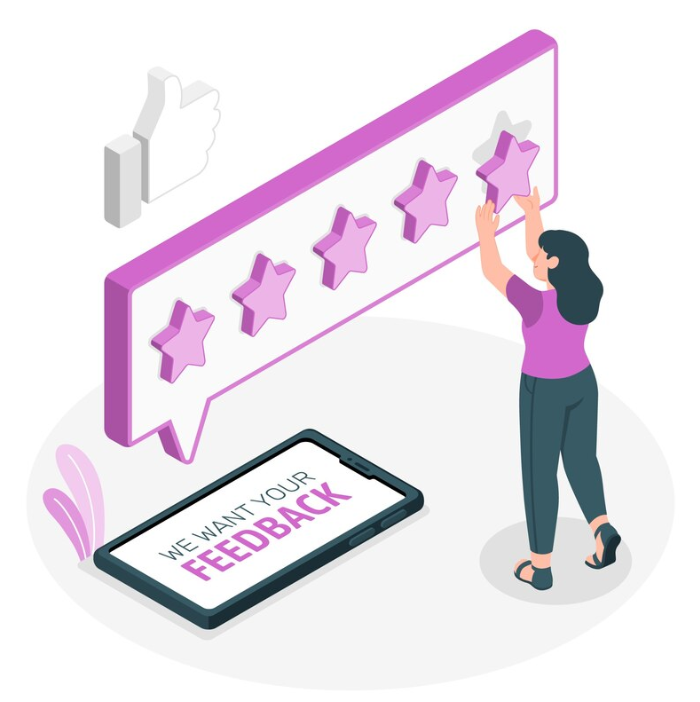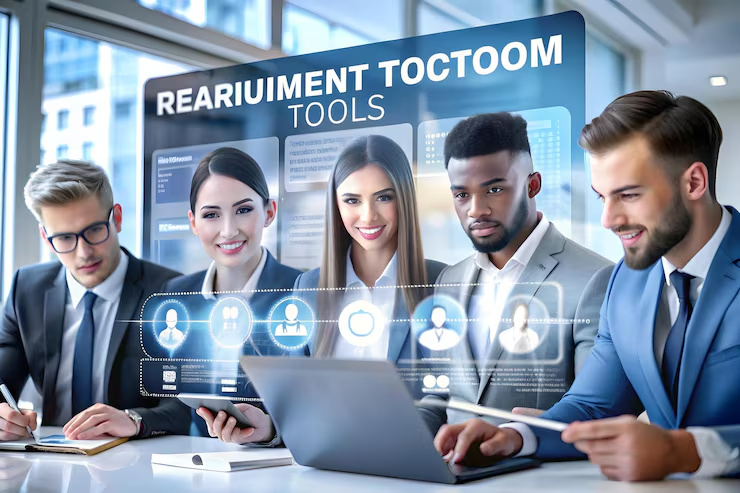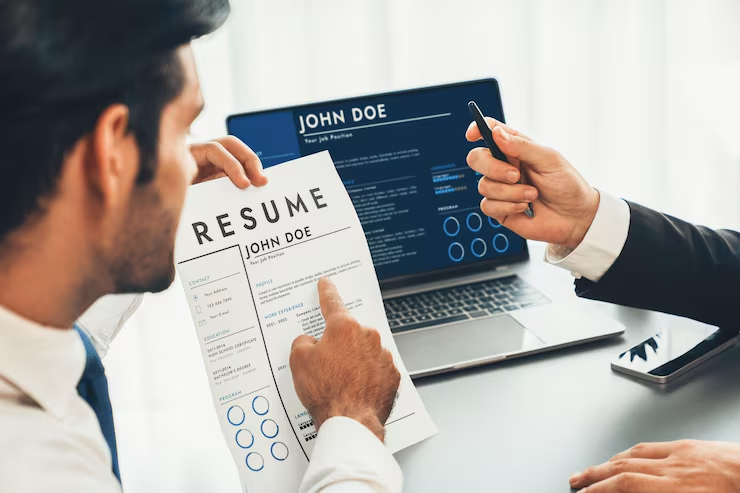Employee Performance Reviews: A Simple Guide to Boosting Productivity and Growth
Employee performance reviews are necessary and must be conducted in each workplace. They provide an institutionalised method of addressing performance, recognizing accomplishments, establishing weak points, and goals and objectives. When well-managed, such performance review sessions motivate employees to relate better with their counterparts within the workplace and improve company-level performance. Here’s how you can get employee performance reviews working for your team and everything you need to know about them.


What Is an Employee Performance Review?
An employee performance review is a formal appraisal in which an employer analyzes an employee’s job performance, skills, and contribution over a particular period. It usually involves discussion of what the employee does well and what he or she has to improve on, plus setting goals and opportunities for future growth. Traditionally, reviews are conducted annually. However, most companies currently prefer more frequent reviews. Some companies review employees every quarter, while others do them biannually.
Why Are Performance Reviews Important?
Performance reviews have a number of advantages:
-
Feedback and Development
Reviews give employees useful feedback on their work; these reviews help understand what is done and what needs to be changed. All this aids personal as well as professional development.
-
Goal Alignment
Performance reviews keep employees and managers aligned with individual goals that have to be in alignment with firm-level goals. Clear objectives enhance productivity and make a workforce work for positive productivity.
-
Recognition and Motivation
Employees feel valued if their efforts are recognized. The review process allows managers an opportunity to show appreciation, thus creating greater motivation and job satisfaction.
-
Career Advancement Opportunities
Reviews give managers the ability to communicate advancement opportunities and potential promotion opportunities with them and help them visualize their future working within the company.
-
HR Record Keeping
Performance reviews are documented records of how the employees have progressed and what has been their behavior. Such a record helps in future decisions on promotion, salary enhancement, and even disciplinary action.

Do you want to know more about our hihellohr Software?

Employee Performance Review Examples
Below we have mentioned few employee performance review examples:
-
Self-Evaluation
Workers self-evaluate their performance and analyze their strengths.
-
Manager Appraisals
The manager examines the worker's performance with specific measures. This is referred to as traditional performance evaluation.
-
360-Degree Evaluation
Information from peers, subordinates, and management is obtained in the form of appraisal to create an all-around review of the employee's performance.
-
Feedback Cycle
Instead of an annual formal review, continuous feedback provides check-ins for continued development on an ongoing basis.
How Do You Write a Performance Review For an Employee
-
1. You Should Clearly Set Expectations Upfront
Employees must be clearly defined as to what is expected of them. The more clearly set up, measurable goals at the start, the easier it will be to measure their performance later.
-
2. You Must Collect Reliable Data
Keep track of performance data throughout the review period. You can do this through project reports, peer feedback, or by tracking KPIs (Key Performance Indicators). Having data helps make the review objective and fair.
-
3. Prepare Beforehand
Reviewers should also seek previous appraisals, present goals and objectives, and input received from other colleagues before the review discussion. This way, you address all the issues through an educated and meaningful dialogue.
-
4. Provide an Informal Venue
Carry out a review in an office private room, ensuring the person is in their comfort. Performance appraisals often take a person to their nervous limit, therefore making a relaxing setting comfortable for the individual.
-
5. Open-Ended Two-Way Dialogue
Let the employee comment on his or her performance. This will give the employee a sense of belonging to the process and also provide insight into their motivational and challenge factors.
-
6. Specific and Constructive Feedback
Illustrate examples while discussing the performance and weaknesses. In case you want to say, "Your communication can improve," say that, "During the last project, better communication could have ensured that everyone remained in alignment."
-
7. Conclusion on Goals and Development
Finally, summarize on a positive note regarding the goal setting and needed training and development. The point to be made is that it is a discussion for growth and not critique.


Common Problems in Performance Review and How to Deal with Them
- Bias and Subjectivity
Solution : Objective measures should be used such as KPIs and, if possible, 360-degree assessment. - Employee Anxiety
Solution : Make a positive atmosphere and inform the employees that it is for improvement and development. Regular check-ins during the year instead of once a year also reduces anxiety that might build up. - Ambiguity in Feedback
Solution : Be clear and crisp. Give examples that people will know exactly what area and on what they have to improve. - No Follow Up
Solution : Have some follow-up meetings once targets are set. They assure people that you want the best for them.
Such Follow-ups Play a Significant Role in Performance Reviews
These review sessions should not be taken as isolated events. Keeping the employees checked and on their toes requires regular checks-in that ensure that they are performing well or otherwise. Checks do not necessarily have to be a formal affair, but informal checks done every month keep the employee on course.
Conclusion
Well-constructed employee performance reviews encourage the culture of feedback, growth, and development. No matter how difficult they may be, using a collaborative and positive approach in conducting performance reviews helps enhance engagement, deepen relationships, and improve performance.
Clear goals, clear communication, and regular check-ins all represent ways companies use performance reviews to help their organizations and employees achieve their goals and challenges. Companies therefore embrace a well-structured approach to both feedback and goal-setting in order to arrive at a motivated, productive, and satisfied workforce ready to meet new challenges and further the organization’s success.
Related Articles:




